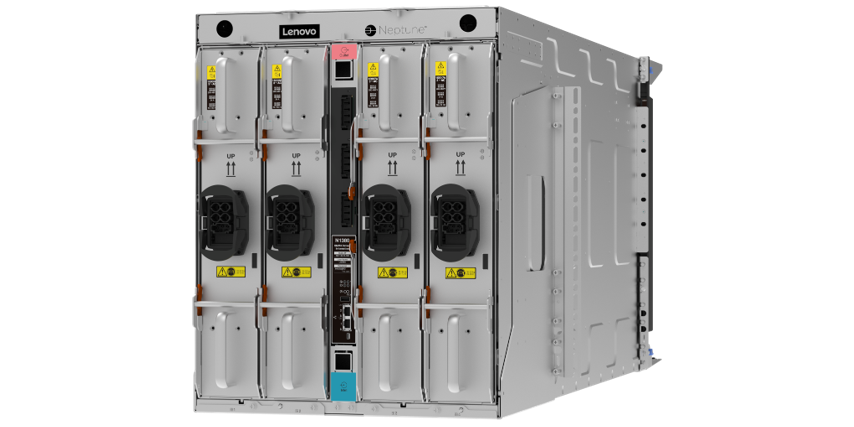Oak Ridge, TN — A team that includes researchers from the Oak Ridge Leadership Computing Facility recently received a U.S. Department of Energy R&D 100 Award for their work on Flash-X, a multiphysics simulation software package with applications that include modeling the collapse and explosion of a massive star core, better known as a supernova.
Flash-X was developed by team members from the OLCF, Argonne National Laboratory, Michigan State University, the University of Chicago, the University of Illinois at Urbana-Champaign and the RIKEN Center for Computational Science in Japan.
Flash-X, a flexible and accessible open-source software instrument, uses a combination of partial and ordinary differential and algebraic equations to simulate various physical phenomena, including astrophysics, computational fluid dynamics, and cosmology. A recent study used Flash-X to model a supernova on the OLCF’s Summit, then the world’s fastest supercomputer.
A team that included Oak Ridge Leadership Computing Facility researchers won a U.S. Department of Energy R&D 100 Award for their work on Flash-X, a software package used to model supernovas and other physics phenomena.
“We can now use Flash-X to study the inner workings of a star’s death at an unprecedented level of detail,” said J. Austin Harris, an OLCF astrophysicist and performance engineer. “The scale of these calculations would have been impossible to capture otherwise.”
Researchers expect Flash-X to yield even greater insights once it’s deployed on machines such as the OLCF’s Frontier, the world’s fastest supercomputer and first exascale system, and similar systems such as Argonne’s forthcoming Aurora supercomputer.
“Running at exascale has been the primary target for the Flash-X team,” said Bronson Messer, the OLCF’s director of science. “Now that we are at the beginning of the exascale era with Frontier, we are working very hard to ensure that the code can take full advantage of the machine, giving us the opportunity to examine supernova physics in a systematic way, something we have been unable to fully accomplish to this point.”
Flash-X incorporates a performance portability layer that’s language agnostic and thus compatible with a variety of computer systems. The open-source software features components that offer an easily customizable plug-and-play mode for most scientific applications. Flash-X divides the configuration of specific applications into smaller portions so each individual configuration tool remains relatively simple.
A previous version of the software, FLASH, enabled a variety of scientific discoveries over the past decade. That version’s no longer fully compatible with state-of-the-art systems, particularly hybrid systems like Frontier and Aurora that employ a combination of CPUs and graphics processing units, or GPUs.
Funding for this project was provided by the DOE Office of Science’s Advanced Scientific Computing Research program as part of the Exascale Computing Project, a joint effort of two DOE organizations: the Office of Science and the National Nuclear Security Administration. Argonne’s Anshu Dubey led the development.
Research contributors included ORNL’s Bronson Messer, J. Austin Harris, Thomas Papatheodore, Eirik Endeve and William Raphael Hix; Argonne’s Klaus Weide, Jared O’Neal, Akash Dhruv, Johann Rudi, Tom Klosterman, Rajeev Jain, Paul M. Rich and Katherine M. Riley; Michigan State University’s Sean M. Couch; the RIKEN Center for Computational Science’s Mohammed Wahib; the University of Illinois’ Paul Ricker; the University of California, Santa Cruz’s Dongwook Lee; Google’s Muralikrishnan Ganapathy; the California Institute of Technology’s Michael Pajkos; the University of Tennessee’s Ran Chu; Lawrence Berkeley National Laboratory’s Christopher Steven Daley and Katie Antypas; Amazon’s Shravan Kumar Gopal; NVIDIA’s John Bachan; and the University of Alabama’s Dean M. Townsley.
source: Matt Lakin, Oak Ridge


